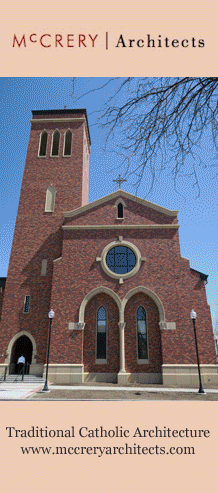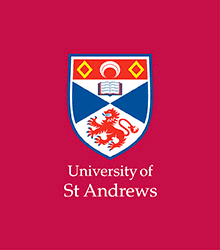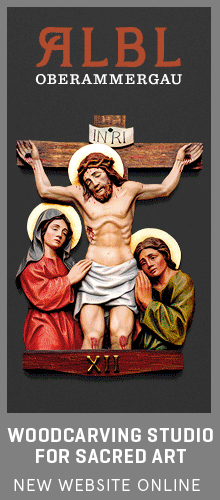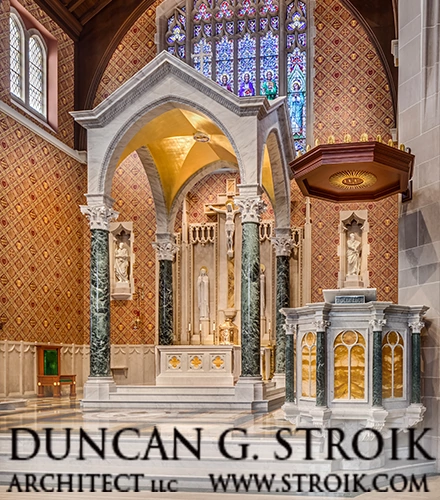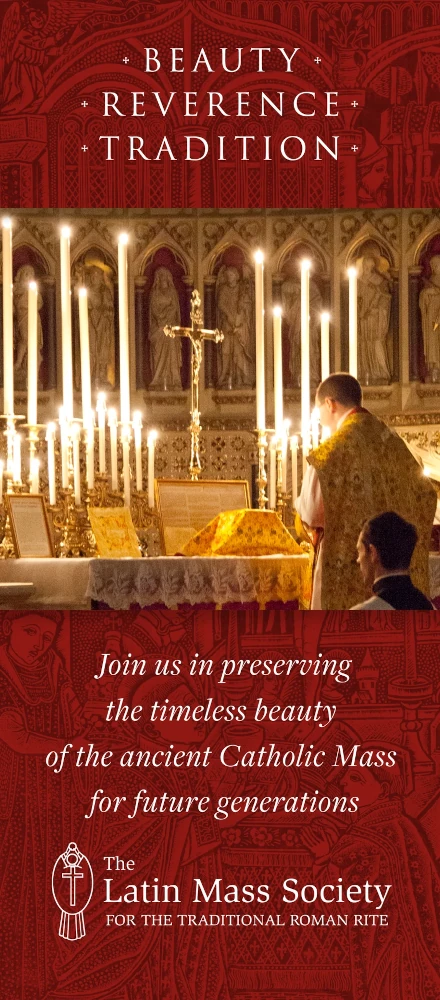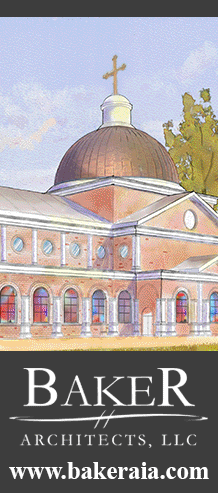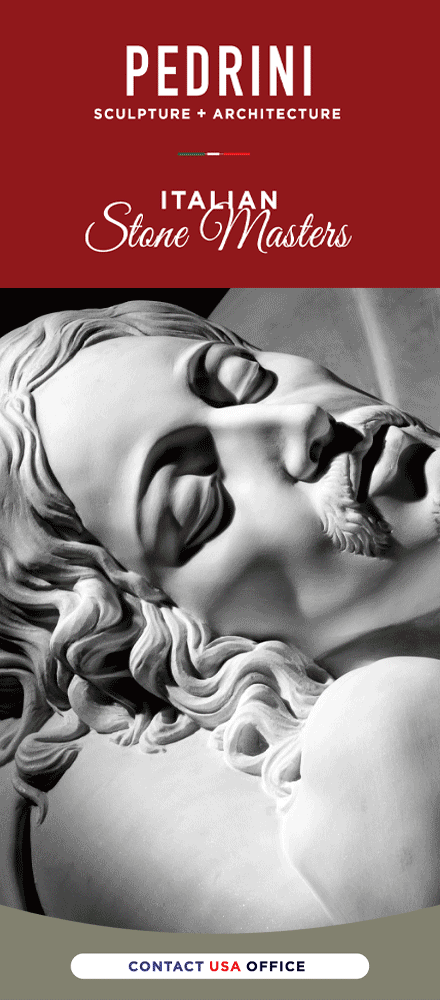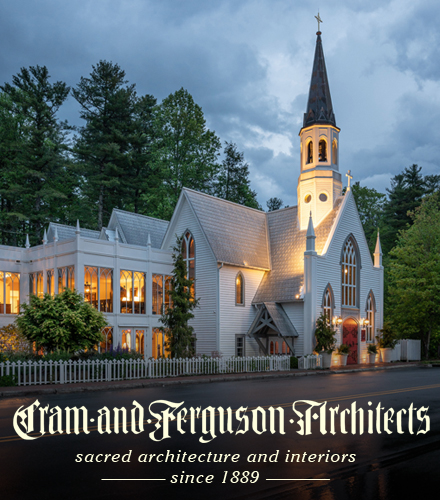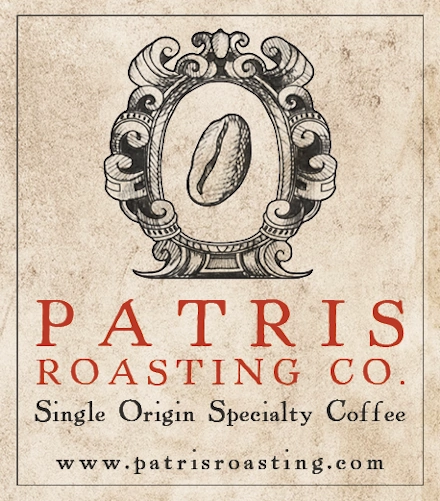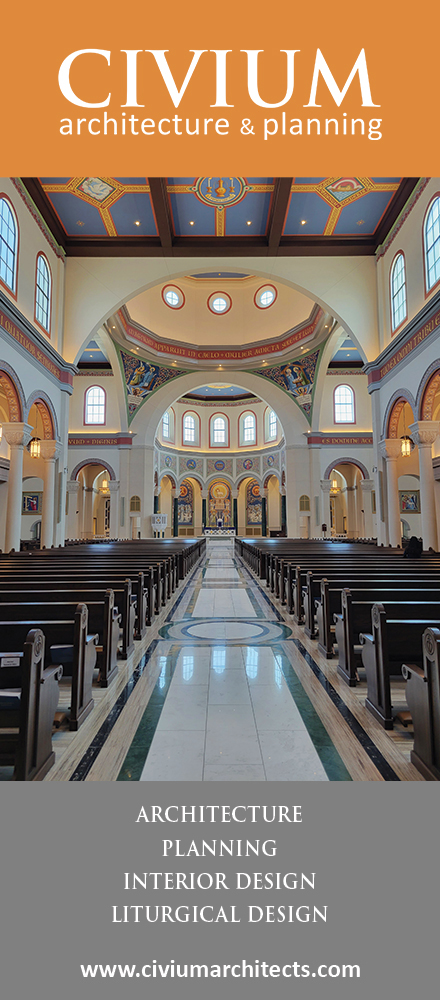Weekend Edition discusses the noble heritage and ideals behind music at the center of the Catholic faith:
With its prestige, wealth and power, the papacy, almost from the beginning, has been a major patron of music. The huge body of unaccompanied sacred melody known as Gregorian chant was, after all, named in honor of Pope (and later saint) Gregory I. He was born around 540 and ruled as pope from 590 until his death in 604.
But the golden age of papal musical patronage, says music historian Robert Greenberg, arrived in the 1400s, with the construction of the Sistine Chapel and the creation of the Sistine Chapel Choir.
"As the Pope's own chapel," Greenberg says, "it's one of the oldest, most famous, and best choirs in Christendom."
Originally formed in the late 1400s, the choir consisted of 24 male singers who sang in four parts — soprano, alto, tenor, and bass — six singers per part. The high voices were sung either by men who could sing in the falsetto range or, Greenberg says, "those poor unfortunates who were surgically snipped in order to keep their voices in the upper range." As these poor castrati died off by the end of the 1800s, boys were eventually introduced to the choir.
Papal Heavyweights
Two of the greatest composers associated with the Pope's music and the Sistine Chapel Choir were Josquin Desprez (c1440-1521) and Giovanni Palestrina. Greenberg says that, although Desprez's music isn't as well-known as it should be today, he was the greatest composer of the mid-renaissance.
"Josquin actually sang in the choir between 1489 and 1495, and the music that he sang influenced his own religious compositions, among which are some 15 or so settings of the mass. They are some of the most brilliantly crafted and knee-weakeningly beautiful pieces ever created."
The other major papal composer, Palestrina, was born near Rome in 1525. After he married, he had to give up his position in the Sistine Chapel Choir, but he still composed for the group. Palestrina wrote 104 masses, meaning he set the same words to different music 104 times.
Of those masses, perhaps the most important is the Missa Papae Marcelli, the mass that may have saved Catholic church music.
One of the Catholic Church's official reactions to the protestant reformation was the Council of Trent, a task force of sorts, which tried to identify the problems that led to the reformation. Among many other pronouncements, the council made decisions about music.
Church music, it said, had become too humanistic, too complex. You couldn't hear the words clearly. The council's reactionary recommendations would have, in effect, brought back Gregorian chant, replacing the sophisticated compositional language that had developed over the centuries.
"Palestrina," Greenberg says, "is credited for rescuing church music by writing a special six-part polyphonic mass, six independent vocal parts, and titled it the Pope Marcellus Mass. He submitted it to the authorities, and despite the complexities, they decided that the words could indeed be heard, and if they could hear the words, so could God."


